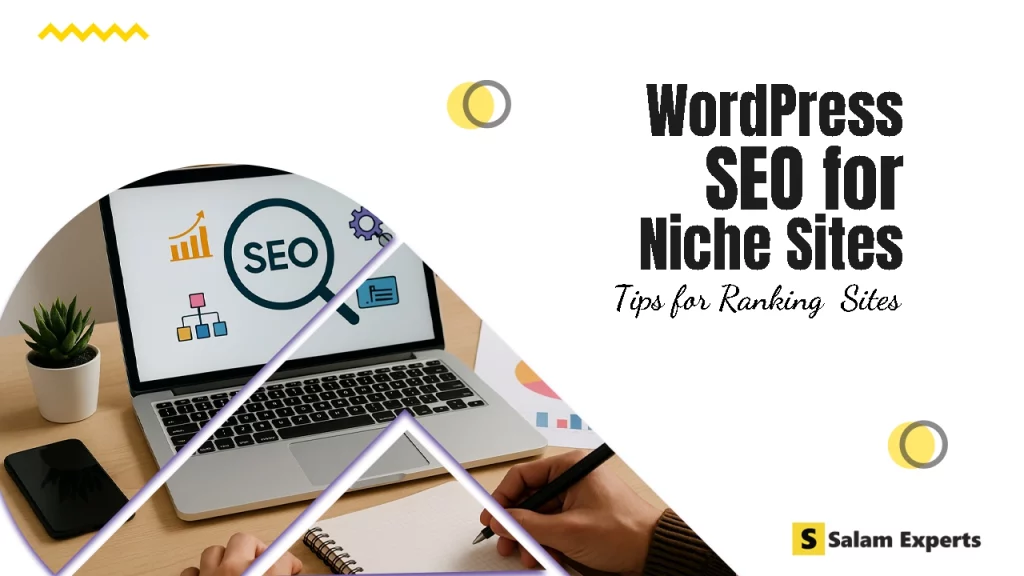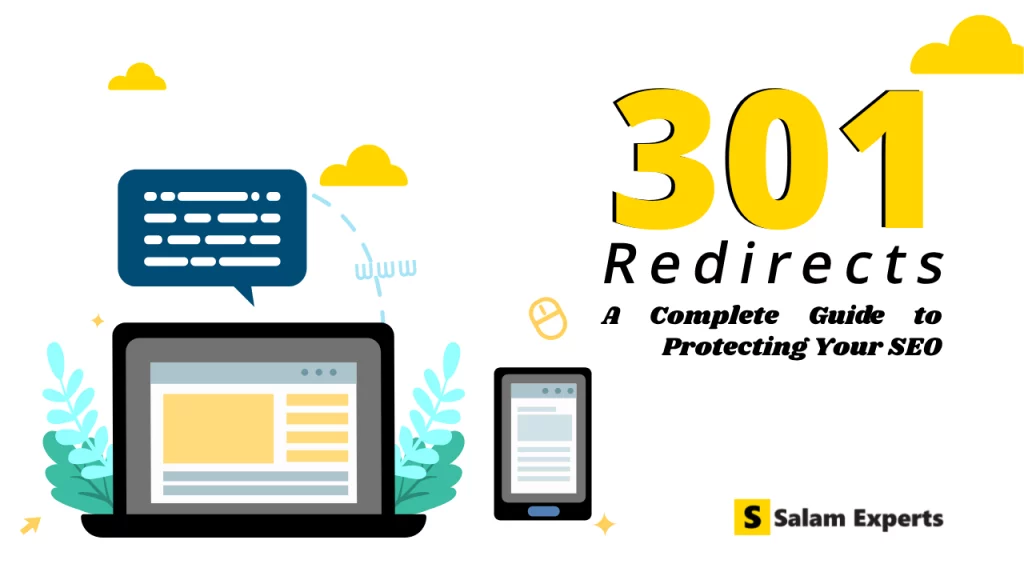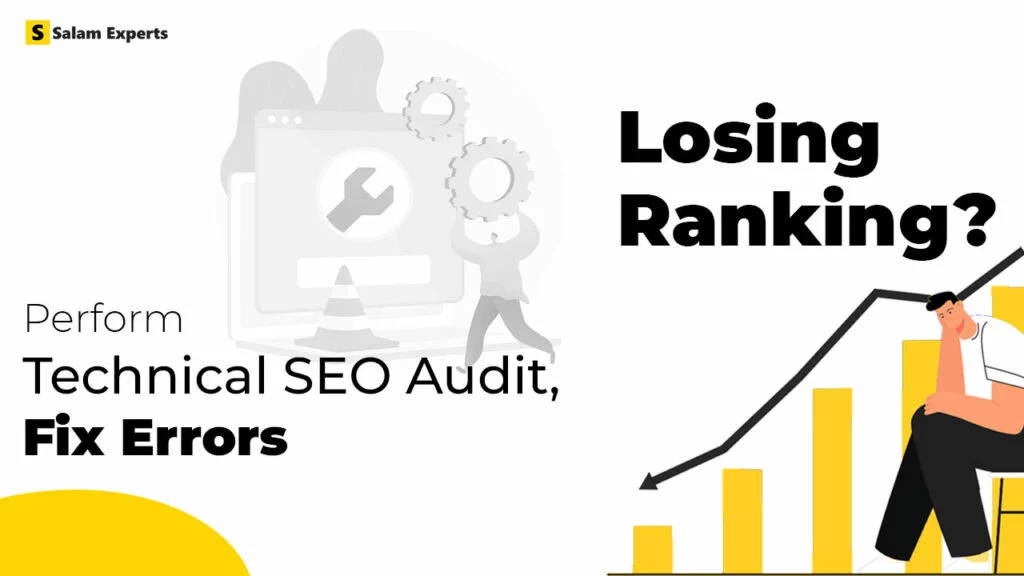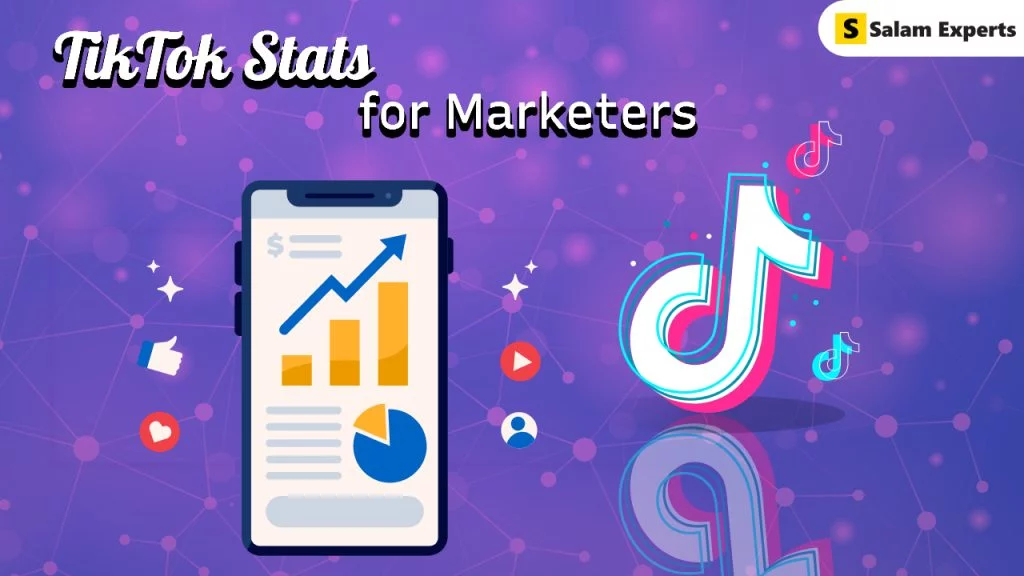The Hidden Truth About Buying Backlinks: What 2+ Years of Testing Revealed
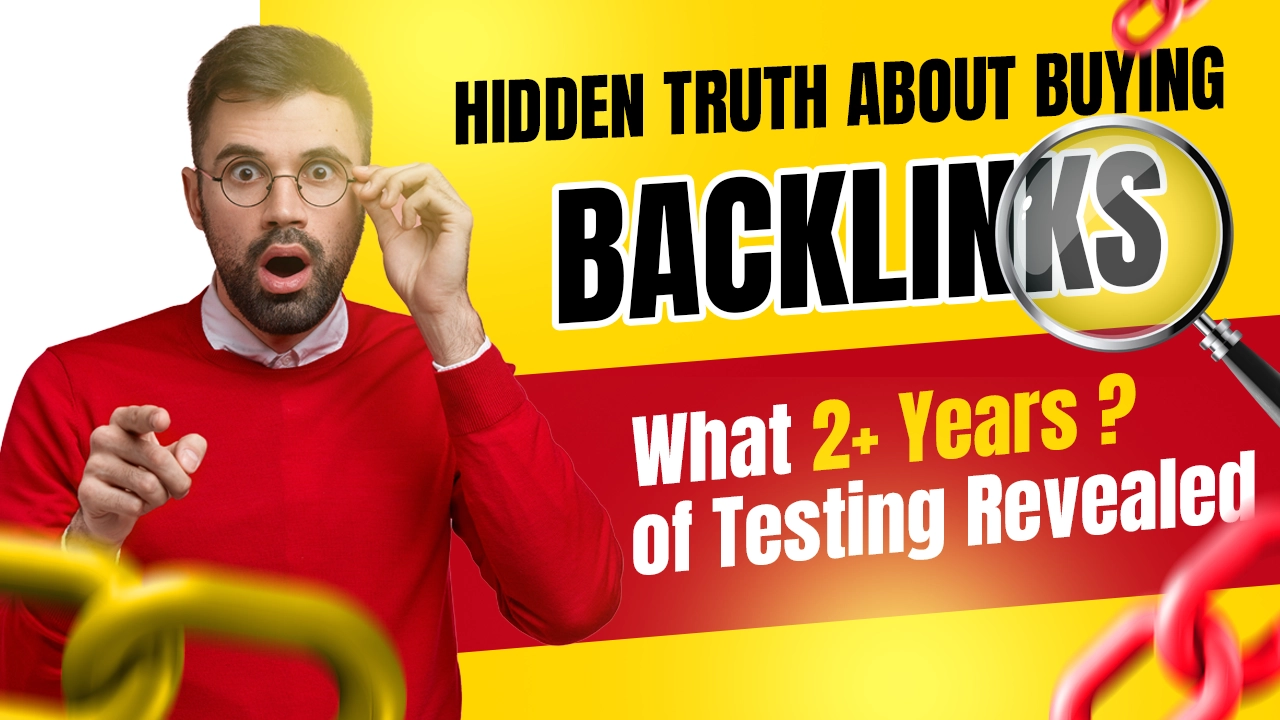
A brutally honest guide from someone who spent thousands testing paid link services
Introduction: My Expensive Education in Link Building
Over the past two years, I’ve invested heavily in paid backlink services, testing everything from high-end platforms like iCopify and Adsy to various marketplaces and “high DA” websites. What I discovered will save you both money and heartache.
This isn’t another theoretical SEO article. These are real experiences, real losses, and hard-learned lessons from someone who’s been in the trenches of paid link building.
The Harsh Reality: Why Most Paid Backlinks Fail
1. The Vanishing Act: Links That Disappear
My Experience: In less than 6 months, approximately 60% of my purchased backlinks vanished. Here’s what typically happens:
- Month 1-2: Link goes live, initial ranking boost
- Month 3-4: Website starts showing signs of instability
- Month 5-6: Article gets removed or website shuts down entirely
- Result: Money wasted, no lasting SEO benefit
Why This Happens:
- Websites built solely for selling links have no real business model
- Once Google catches on, the entire domain gets penalized
- Site owners abandon projects when income drops
- No long-term sustainability or content strategy
2. The Fake Authority Problem
What I Discovered: Many websites show impressive metrics that don’t tell the whole story:
Ahrefs/Moz vs. Reality:
- Website A: 52 DA (Moz), 45 DR (Ahrefs)
- Semrush Authority: 8
- Real traffic: 200 visitors/month on irrelevant keywords
The Deception: These sites game authority metrics through:
- Spam link building to inflate DR/DA
- Temporary traffic spikes from low-competition, irrelevant keywords
- Manipulated social signals
- Cross-linking networks
3. The Spam Network Revelation
My Testing Results:
Platform Tested: iCopify
- Links Purchased: 15 over 6 months
- Still Active: 4 (73% failure rate)
- Average Lifespan: 4.2 months
Platform Tested: Adsy
- Links Purchased: 12 over 8 months
- Still Active: 5 (58% failure rate)
- Quality Issues: 67% were on irrelevant websites
Common Red Flags I Found:
- Websites covering 20+ unrelated topics just to attract different niches
- Content clearly written by non-native speakers or AI
- Comment sections disabled (sign of low engagement)
- No social media presence or engagement
- Multiple “write for us” pages targeting different industries
4. The Email Spam Avalanche
What Happens After You Buy One Link:
Within 48 hours of placing my first order, my inbox exploded:
- 15-20 outreach emails daily
- Same templates, different websites
- Obvious network connections (similar writing styles, pricing structures)
- Most offering websites with identical issues
The Pattern: Once you’re in “the system,” you become a target for every link seller using scraped email lists. They know you’re willing to pay, so the bombardment begins.
Platform-by-Platform Breakdown
iCopify: The Premium Disappointment
Promised:
- High-quality websites
- Editorial standards
- Long-term link stability
Reality:
- 73% of links disappeared within 6 months
- Many websites were clearly built for link selling
- Customer service disappeared when issues arose
- Average cost: $150-300 per link
Red Flags I Should Have Noticed:
Websites with perfect metrics but zero real engagement
Content that read like it was written for SEO, not humans
Unrealistic pricing for claimed quality
Adsy: The Marketplace Mirage
The Promise:
- Vetted websites
- Transparent metrics
- Reasonable pricing
My Experience:
- 58% link failure rate
- Many websites were irrelevant to my niche
- Quality control was inconsistent
- Bidding system inflated prices
Lesson Learned: Marketplaces can’t truly vet the thousands of websites they claim to monitor.
Generic Marketplaces: The Wild West
What I Found:
- Zero quality control
- Obvious PBN (Private Blog Network) websites
- Links starting at $5 (red flag)
- No customer support
Results:
- 80%+ failure rate within 3 months
- Several domains got completely de-indexed
- Wasted $500+ with zero lasting results
The Authority Metric Deception: A Deep Dive
Why Ahrefs DR and Moz DA Don’t Tell the Whole Story
Case Study: “High Authority” Website That Fooled Me
Website Metrics:
- Ahrefs DR: 48
- Moz DA: 51
- Semrush Authority Score: 12
- Real monthly traffic: ~300 visitors
How They Gamed the System:
- Spam Link Building: Thousands of low-quality backlinks from irrelevant sites
- Keyword Stuffing: Targeting easy, irrelevant keywords for traffic spikes
- Cross-Network Linking: Part of a larger PBN inflating each other’s metrics
- Temporary Content: Publishing trending topics for short-term traffic, then removing them
The Red Flags I Missed:
- Traffic didn’t align with authority scores
- Backlink profile was 90% spam
- Content had no real engagement (comments, shares, time on page)
- No brand mentions or real citations
Tools That Actually Matter
- Semrush Authority Score: More accurate reflection of real authority
- Organic Traffic Trends: Shows sustainable growth vs. manipulation
- Backlink Quality Analysis: Manual review of linking domains
- Brand Mention Analysis: Real websites get mentioned, not just linked to
The Real Cost of Paid Backlinks
Financial Investment vs. Returns
My 24-Month Experiment:
- Total Spent: $3,200
- Links Purchased: 47
- Links Still Active: 18 (62% failure rate)
- Measurable SEO Impact: Minimal to none
- ROI: Negative 85%
Hidden Costs You Don’t Consider
- Time Investment: Hours researching platforms, vetting websites, managing outreach
- Opportunity Cost: Money that could have been spent on content, technical SEO, or legitimate marketing
- Risk Factor: Potential Google penalties that could destroy years of work
- Mental Stress: Constantly monitoring links, dealing with disappeared content, managing vendors
Google’s Stance: Why This Strategy Is Doomed
Official Google Guidelines
Google’s Link Schemes documentation clearly states that buying links violates their guidelines. But beyond the rules, here’s why it doesn’t work:
Google’s AI is Getting Smarter:
- Pattern recognition identifies link selling networks
- Content quality analysis spots articles written solely for links
- User behavior signals reveal low-quality websites
- Algorithm updates specifically target manipulative link building
Recent Updates That Killed Paid Links:
- Helpful Content Update: Targets sites created primarily for SEO
- Link Spam Update: Better detection of unnatural linking patterns
- Core Updates: Consistently devalue manipulative SEO tactics
What Actually Works: Sustainable Link Building Strategies
1. Digital PR and Newsjacking
Strategy: Create newsworthy content and pitch it to journalists.
My Success Story: Created an industry report that earned 23 high-quality backlinks from real news sites in 2 months. Cost: $0 (plus time investment).
How to Execute:
- Monitor industry trends and news
- Create original research or data
- Develop unique angles on trending topics
- Build relationships with journalists in your industry
- Use tools like HARO (Help a Reporter Out)
2. Resource Page Link Building
Strategy: Find resource pages in your industry and suggest your content.
Results from My Testing:
- 15% acceptance rate (much higher than paid platforms’ 60% failure rate)
- Links from genuinely relevant, established websites
- Zero cost except time investment
- Links still active after 18+ months
Process:
- Use search operators: “keyword” + “resources” or “useful links”
- Identify genuinely helpful resource pages
- Create content worthy of inclusion
- Reach out with personalized, value-focused emails
3. Broken Link Building
Strategy: Find broken links on relevant websites and suggest your content as replacement.
My Results:
- 12% success rate
- High-quality, relevant backlinks
- Helps website owners solve problems
- Builds genuine relationships
Tools That Help:
- Ahrefs broken link checker
- Dead Link Checker
- Check My Links Chrome extension
4. Content Collaboration
Strategy: Partner with other businesses or experts for mutual content creation.
Success Examples:
- Expert roundups featuring industry leaders
- Collaborative research projects
- Guest appearances on each other’s content
- Joint webinars or podcasts
5. Unlinked Brand Mentions
Strategy: Find mentions of your brand without links and request linking.
My Experience:
- Found 8 unlinked mentions in 3 months
- 6 agreed to add links (75% success rate)
- These are the most natural links possible
- Zero risk of penalty
Tools to Use:
- Google Alerts for your brand name
- Mention.com for comprehensive monitoring
- Ahrefs Content Explorer
Red Flags: How to Spot Link Selling Schemes
Website Red Flags
Immediate Disqualifiers:
- Multiple “Write for us” pages targeting different industries
- DA/DR high but Semrush Authority Score under 20
- Traffic from irrelevant, low-competition keywords only
- Content covering 10+ unrelated topics
- No social media engagement despite “high authority”
- Contact page with only generic email (no phone, address)
- Excessive outbound links to unrelated sites
Outreach Red Flags
Email Warning Signs:
- Mass-sent templates with minimal personalization
- Immediate pricing lists without understanding your needs
- Promises of “permanent links” (impossible to guarantee)
- Packages of links across multiple “high authority” sites
- Pressure to decide quickly
- No editorial guidelines or content standards mentioned
Platform Red Flags
Marketplace Warning Signs:
- No manual quality control process
- Thousands of available websites (impossible to vet properly)
- Starting prices under $50 for “high authority” sites
- No customer support or dispute resolution
- Reviews that seem fake or overly positive
- No transparency about link removal policies
The Psychology of Link Buying: Why We Fall for It
The Shortcuts Mentality
Why It’s Tempting:
- SEO results take 6-12 months naturally
- Paid links promise immediate impact
- Competition seems to be getting ahead faster
- Algorithm updates create panic for quick fixes
The Reality Check:
- Sustainable SEO compounds over time
- Quick fixes usually backfire long-term
- Competitors using paid links often lose rankings eventually
- Quality content and user experience always win
The Metrics Manipulation
How We Get Fooled:
- Focus on vanity metrics (DA/DR) over real results
- Mistaking correlation for causation
- Confirmation bias when we see temporary improvements
- Ignoring the bigger picture of sustainable growth
Building a Sustainable Link Strategy: Step-by-Step
Month 1-2: Foundation Building
- Audit Your Current Links
- Use Ahrefs, Semrush, or Moz to analyze existing backlinks
- Identify and disavow toxic links
- Document legitimate link building opportunities
- Content Asset Creation
- Develop 5-10 pieces of genuinely valuable content
- Focus on original research, comprehensive guides, or unique insights
- Ensure content serves your audience, not just search engines
- Relationship Building
- Identify key influencers and websites in your industry
- Start engaging with their content authentically
- Build genuine relationships before pitching anything
Month 3-4: Outreach Execution
- Digital PR Campaigns
- Create newsworthy content or research
- Develop media lists using tools like Cision or JustReachOut
- Craft compelling pitches focusing on value to their audience
- Resource Page Outreach
- Compile list of relevant resource pages
- Create content specifically worthy of inclusion
- Send personalized outreach emphasizing mutual benefit
- Broken Link Building
- Use tools to identify broken links on target websites
- Create replacement content that’s better than what was broken
- Reach out with helpful, non-pushy emails
Month 5-6: Scaling and Refinement
- Analyze Results
- Track which strategies yield the highest success rates
- Document what messaging works best
- Refine your approach based on data
- Relationship Nurturing
- Continue engaging with contacts who didn’t initially respond
- Share others’ content and support their initiatives
- Look for collaboration opportunities
- Content Expansion
- Create more assets based on what’s working
- Develop content series or ongoing research
- Build your reputation as a go-to source in your industry
Measuring Real Link Building Success
Metrics That Actually Matter
Quality Over Quantity:
- Relevance of linking domain to your industry
- Real traffic and engagement on linking pages
- Diversity of linking domains (not from the same network)
- Natural anchor text distribution
- Long-term link retention rate
Business Impact Metrics:
- Brand mention increases
- Direct traffic from referral links
- Lead generation from link referrals
- Overall domain authority improvement over time
Tools for Proper Measurement
Link Analysis:
- Ahrefs for comprehensive backlink analysis
- Semrush for competitive analysis
- Moz for broader SEO insights
- Google Search Console for search performance
Traffic and Conversion:
- Google Analytics for referral traffic analysis
- Heat mapping tools to understand user behavior
- CRM integration to track lead sources
- Revenue attribution to link building efforts
The Future of Link Building
What’s Coming Next
AI and Machine Learning:
- Google’s algorithms will get better at detecting paid links
- Natural language processing will identify content written solely for links
- User behavior signals will become more important ranking factors
- Pattern recognition will catch linking schemes faster
Focus Shift:
- From quantity to quality and relevance
- From link building to relationship building
- From manipulation to genuine value creation
- From short-term gains to long-term authority building
Preparing for Algorithm Changes
Sustainable Strategies:
- Focus on creating genuinely valuable content
- Build real relationships in your industry
- Prioritize user experience over search engines
- Diversify your traffic sources beyond just organic search
Conclusion: The Path Forward
After spending over $3,200 and countless hours testing paid link services, my conclusion is clear: there are no shortcuts to sustainable SEO success.
Key Takeaways
- Paid link services have a 60-80% failure rate within 6 months
- Authority metrics can be easily manipulated and don’t reflect real value
- Google’s algorithms are increasingly sophisticated at detecting paid links
- Sustainable link building requires time, effort, and genuine value creation
- The best ROI comes from building real relationships and creating remarkable content
My Recommendation
Instead of spending money on questionable link buying services, invest in:
- Content creation that genuinely helps your audience
- Digital PR tools and training to build relationships with journalists
- Quality outreach tools to scale legitimate link building
- Brand building activities that generate natural mentions and links
The Bottom Line
Link building isn’t about gaming the system – it’s about becoming worthy of links. Focus on creating value, building relationships, and establishing genuine authority in your industry. The links will follow naturally, and they’ll be the kind that last.
About the Author: This guide is based on real experiences testing paid link services over 24 months at Salam Experts, with documented results and financial investments. The goal is to help others avoid the same expensive mistakes while building sustainable, long-term SEO success.



